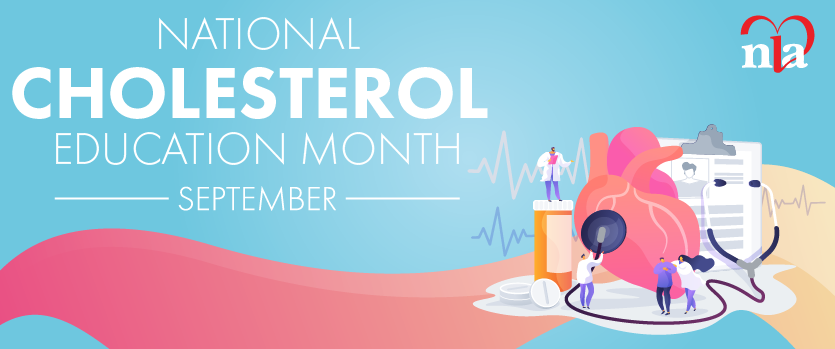Cardiovascular disease (CVD) remains the leading cause of mortality in those > 75 years of age.1 In the United States, an estimated 84 million people have CVD, with approximately 50% of these Americans being ≥ 60 years old.2 The prevalence of CVD increases with age, from 15% in men and 9% in women between the ages of 20 and 39 to 79% in men and 85% in women ages 80+.3 Although the CVD burden is noted to be high in this subset of individuals, most studies and recommendations – including the recent 2013 ACC/AHA cholesterol treatment guidelines – primarily address individuals ages 40 to 75 years and place the elderly (>75 years) as a population needing special consideration. According to the 2013 ACC/AHA guidelines, moderate-intensity statins are recommended for those individuals >75 years of age with clinical atherosclerotic CVD.4 For primary prevention in this subset of patients, the recent guidelines recommend that physicians take into account comorbidities and side-effect profiles before initiating statin therapy.
A limited number of randomized clinical trials have evaluated the benefit of statin therapy specifically in the elderly population. The Prospective Study of Pravastatin in the Elderly at Risk (PROSPER) trial randomized to pravastatin 40mg/day or placebo 5,804 individuals ages 70 to 82 years with a history of vascular disease. After a mean 3-year follow-up, statin therapy significantly reduced the risk of the primary end-point of coronary death, non-fatal myocardial infarction and fatal/non-fatal stroke.5,6 Moreover, in the Heart Protection Study (HPS), 20,536 individuals (5,806 were ≥ 70 years) with CVD, occlusive arterial disease or diabetes were randomized to simvastatin 40mg/day or placebo. In those individuals from 75 to 80 years old, CVD events decreased by approximately 25% and all-cause mortality decreased by 14.7%.6,7 The JUPITER study (Justification for the Use of statins in Prevention: an Intervention Trial Evaluating Rosuvastatin) was a multicenter, randomized, doubleblinded, placebo-controlled trial evaluating the role of statins in primary prevention of CVD. Subjects enrolled had low-density lipoprotein cholesterol (LDL-C) levels < 130mg/dL and a C-reactive protein (CRP) level of at least 2.0 mg/L and were randomized to treatment with rosuvastatin 20mg or placebo. Of the 17,802 patients enrolled, 5,695 participants were 70 years of age.3 The absolute risk reduction in the primary endpoint of myocardial infarction, stroke, arterial revascularization, hospitalization for unstable angina or death associated with rosuvastatin was 48% greater in the elderly group when compared with the younger group.3 Based on the limited clinical trial data and subgroup analysis, statin therapy appears to benefit elderly patients in reducing coronary heart disease (CHD) events in both primary and secondary prevention. However, future clinical trials are needed to better establish the benefits of statin therapy in the elderly, particularly in those special populations over the age of 80 or with multiple co-morbid conditions.
When initiating statin therapy, it is important that health care providers pay careful attention to potential side effects. Elevated transaminases have been reported at incidences of up to 1%.8 These elevations were found to be dose related, with the majority of liver abnormalities occurring within the first three months of therapy.8 Statin-related myopathies range from myalgias or myositis to overt rhabdomyolysis with elevated creatine kinase (CK) levels and evidence of renal failure. Furthermore, polypharmacy in the elderly is a common concern and physicians must play close attention to possible drug and food interactions. With the exception of pravastatin, which is metabolized in the liver cytosol, all statins undergo metabolism by the cytochrome P450 isoenzyme systems. Approximately half of all drugs currently available in clinical practice are metabolized in the liver by the same CYP450 system.8 Concomitant use of large quantities of grape fruit juice and certain drugs such as fibrates, erythromycin, itraconazole, calcium channel blockers and cyclosporine can increase blood levels of some statins and, consequently, the risk for side effects.6,8 Total avoidance of all drug interactions is likely impossible, but careful consideration of medication pharmacokinetics and pharmacodynamics should be made with specific attention given to both CYP450 inhibitors and inducers, because these have a greater likelihood of increasing or decreasing statin plasma levels, respectively. In addition to the potential issues with polypharmacy, consideration also should be given regarding the potential effect that multiple co-morbidities and frailty can have on the benefit of statin therapy in aging patients.
In the care of hypercholesterolemia in your elderly patients, adherence to a few basic treatment pearls may be helpful:
- Discuss the benefits and potential risks associated with statin therapy in the context of a patient’s co-morbidities and obtain patient preferences prior to starting therapy.
- Review the patient’s medication list and diet for potential interactions with statins; choose statin therapy that may have the least likelihood for side effects.
- Regardless of the recommended goal dose, initiate statin therapy at a low dose and titrate to the goal dose as tolerated.
- Frequently assess for changes in the patient’s overall health status and goals of care to determine if an indication arises that would warrant stopping statin therapy.
Disclosure statement: Dr. Memon and Dr. Phan have no disclosures to report.
References are listed on page 28 of PDF.






.jpg)
.png)












